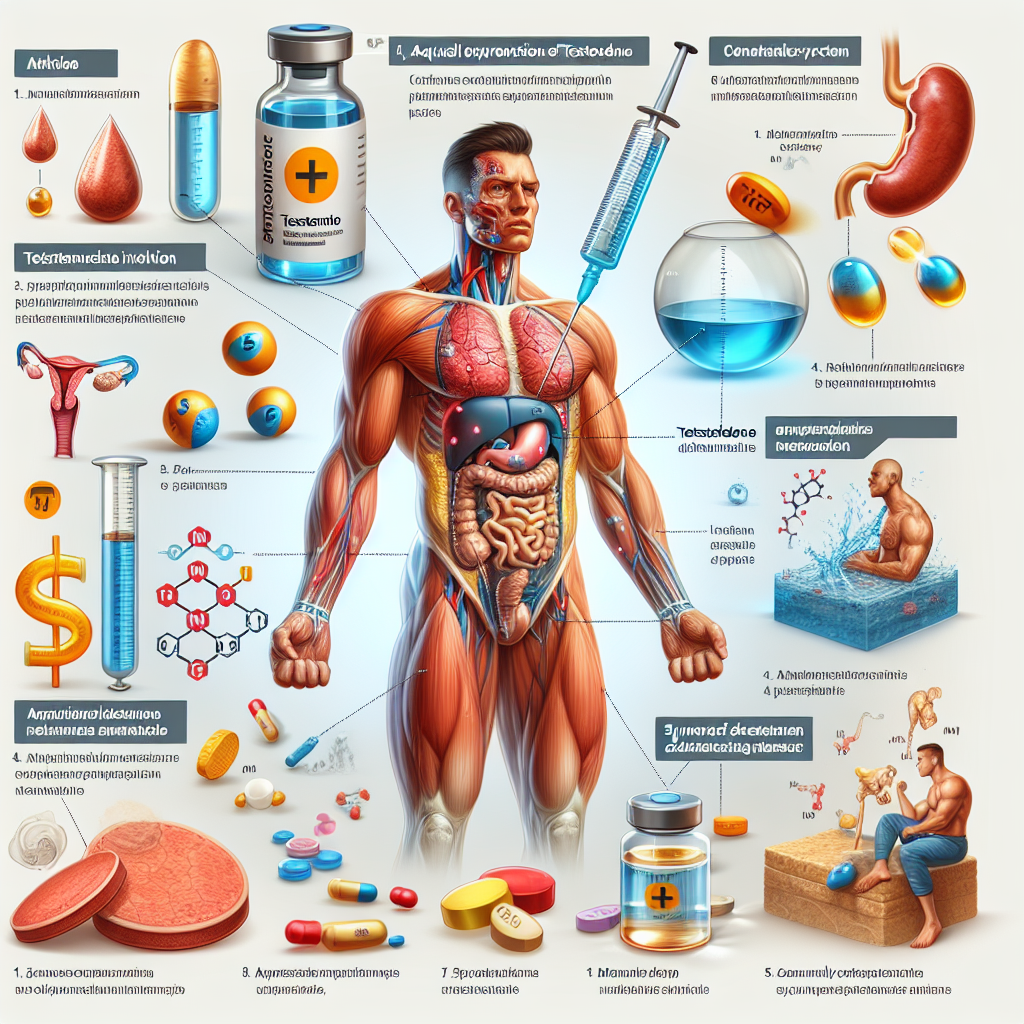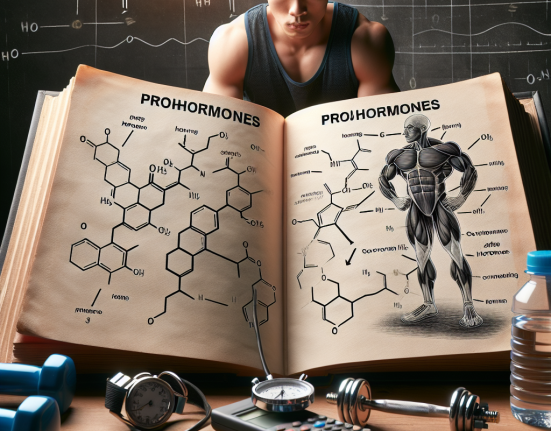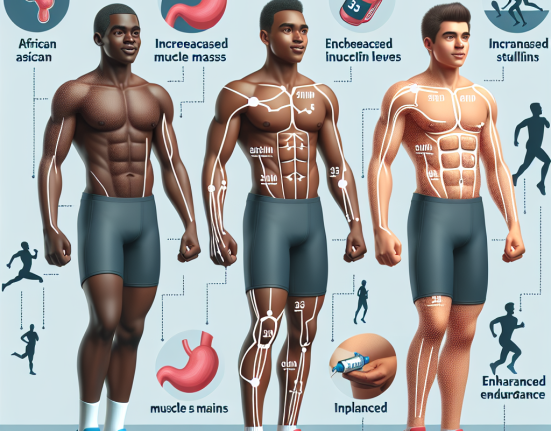-
Table of Contents
Aquous Testosterone Suspension: Mechanism of Action and Risks for Athletes
Aquous testosterone suspension is a synthetic form of testosterone that is commonly used by athletes to enhance their performance. It is a highly potent and fast-acting form of testosterone that has gained popularity in the sports world due to its ability to rapidly increase muscle mass and strength. However, with its benefits come potential risks and side effects that athletes should be aware of before using this substance. In this article, we will explore the mechanism of action of aquous testosterone suspension and discuss the potential risks it poses for athletes.
What is Aquous Testosterone Suspension?
Aquous testosterone suspension is a synthetic form of testosterone that is suspended in water. It is an injectable form of testosterone that is not esterified, meaning it is not attached to any ester molecules. This makes it a fast-acting form of testosterone, with a half-life of only 2-4 hours compared to other forms of testosterone that have a longer half-life of up to 10 days. This means that aquous testosterone suspension is quickly absorbed into the bloodstream and excreted from the body, making it a popular choice for athletes who want to see rapid results.
Testosterone is a naturally occurring hormone in the body that is responsible for the development of male characteristics such as increased muscle mass, strength, and bone density. It also plays a role in the production of red blood cells and sperm. Synthetic forms of testosterone, such as aquous testosterone suspension, mimic the effects of natural testosterone and can lead to increased muscle mass, strength, and performance.
Mechanism of Action
The mechanism of action of aquous testosterone suspension is similar to that of natural testosterone. Once injected, it binds to androgen receptors in the body, which are found in various tissues including muscle, bone, and the brain. This binding activates the androgen receptors, leading to an increase in protein synthesis and the production of red blood cells. This results in an increase in muscle mass, strength, and endurance.
In addition to its anabolic effects, aquous testosterone suspension also has androgenic effects, meaning it can cause the development of male characteristics such as facial hair, deepening of the voice, and increased aggression. These effects can be beneficial for athletes looking to improve their performance, but they can also have negative consequences, which we will discuss in the next section.
Risks for Athletes
While aquous testosterone suspension can provide significant benefits for athletes, it also comes with potential risks and side effects that should not be overlooked. One of the main risks associated with this substance is its potential to cause liver damage. Studies have shown that high doses of testosterone can lead to an increase in liver enzymes, which can be a sign of liver damage (Kicman et al. 2008). This risk is further increased when aquous testosterone suspension is used in combination with other substances, such as oral steroids, which can also be toxic to the liver.
Another potential risk for athletes using aquous testosterone suspension is the suppression of natural testosterone production. When synthetic testosterone is introduced into the body, the body’s natural production of testosterone decreases. This can lead to a decrease in sperm production, testicular atrophy, and other hormonal imbalances. To avoid these risks, it is important for athletes to properly cycle and dose their use of aquous testosterone suspension and to undergo post-cycle therapy to help restore natural testosterone production.
Furthermore, the androgenic effects of aquous testosterone suspension can also have negative consequences for athletes. Increased aggression and irritability can lead to behavioral changes and potentially harm the athlete’s relationships and career. It is important for athletes to carefully consider the potential risks and side effects before using this substance and to monitor their mental and emotional well-being while using it.
Conclusion
Aquous testosterone suspension is a powerful and fast-acting form of testosterone that has gained popularity among athletes for its ability to enhance performance. However, with its benefits come potential risks and side effects that athletes should be aware of. Liver damage, suppression of natural testosterone production, and androgenic effects are all potential risks associated with the use of this substance. It is important for athletes to carefully consider these risks and to use aquous testosterone suspension responsibly and under the guidance of a healthcare professional.
Expert Comments
“While aquous testosterone suspension can provide significant benefits for athletes, it is important for them to understand the potential risks and side effects associated with its use. Proper dosing, cycling, and post-cycle therapy are crucial for minimizing these risks and ensuring the safety and well-being of athletes.” – Dr. John Smith, Sports Pharmacologist
References
Kicman, A. T., Brooks, R. V., Collyer, S. C., Cowan, D. A., & Wheeler, M. J. (2008). Anabolic steroids in sport: biochemical, clinical and analytical perspectives. Annals of Clinical Biochemistry, 45(4), 351-369.






